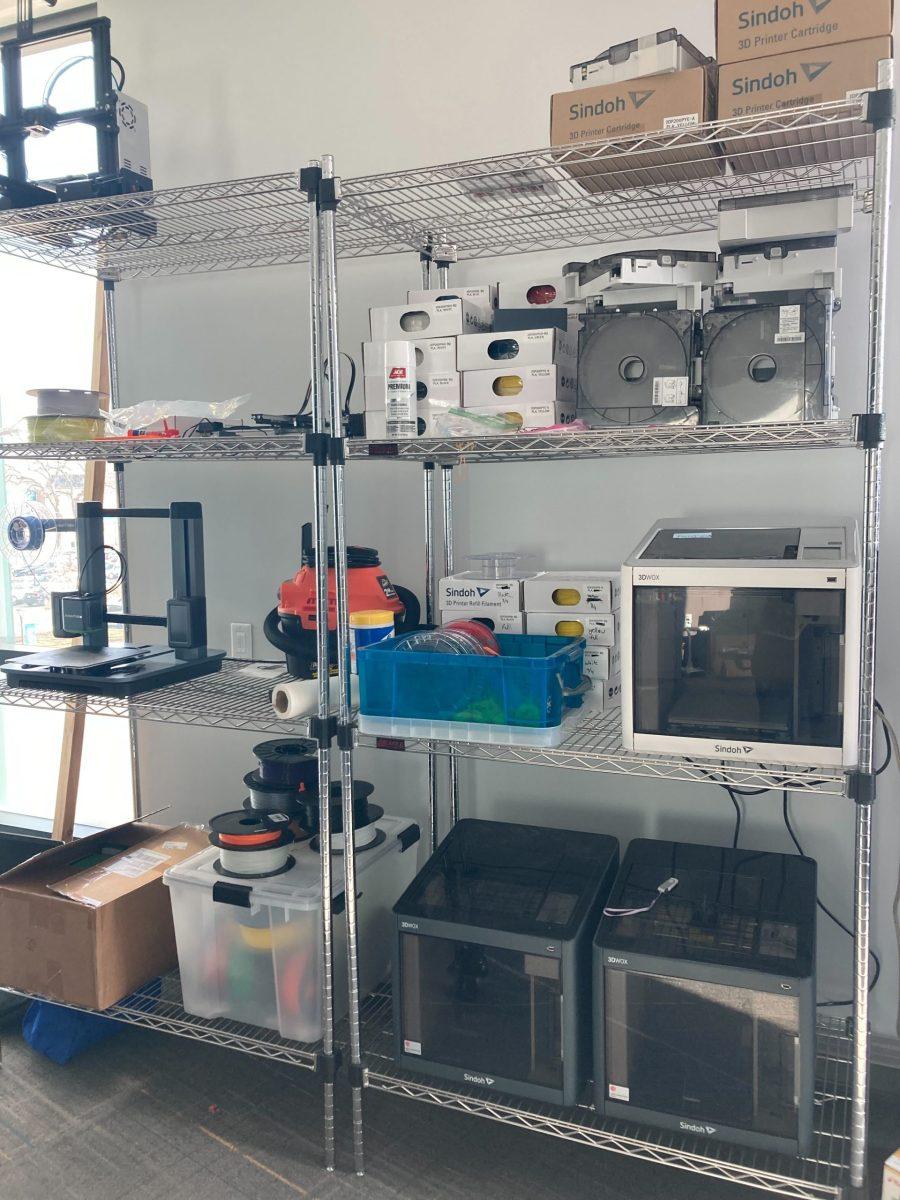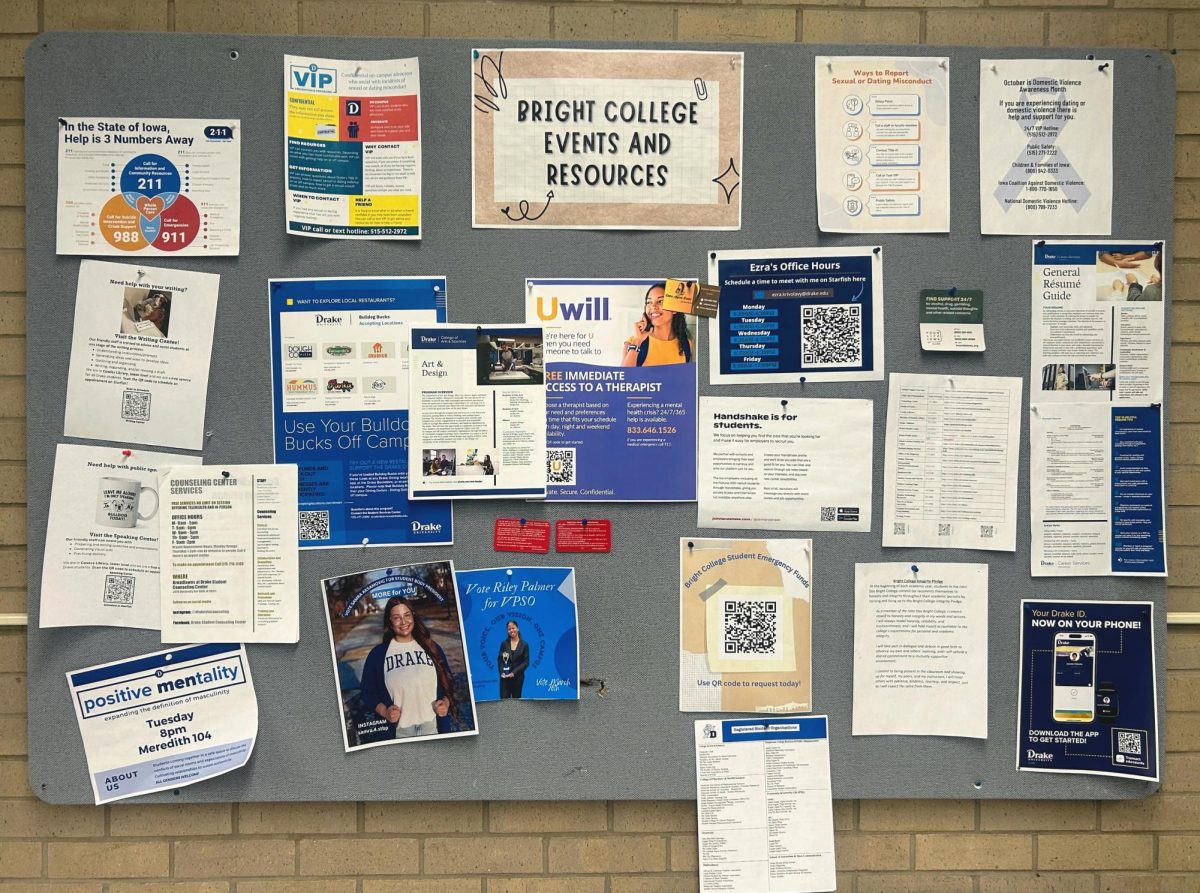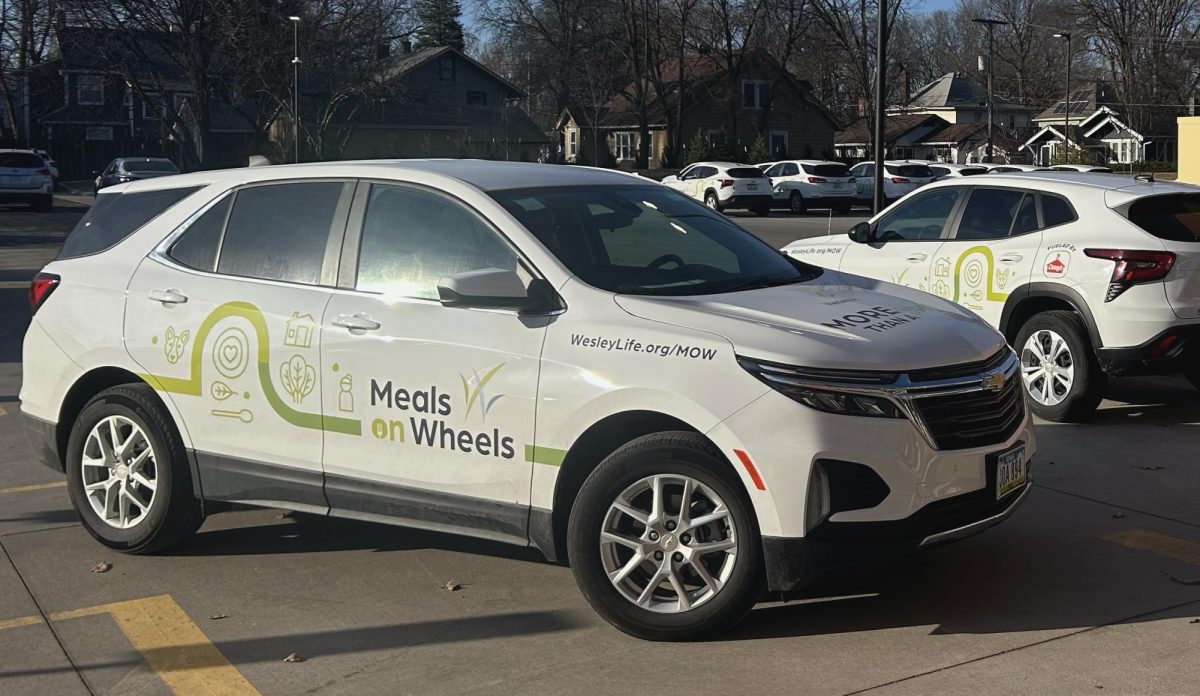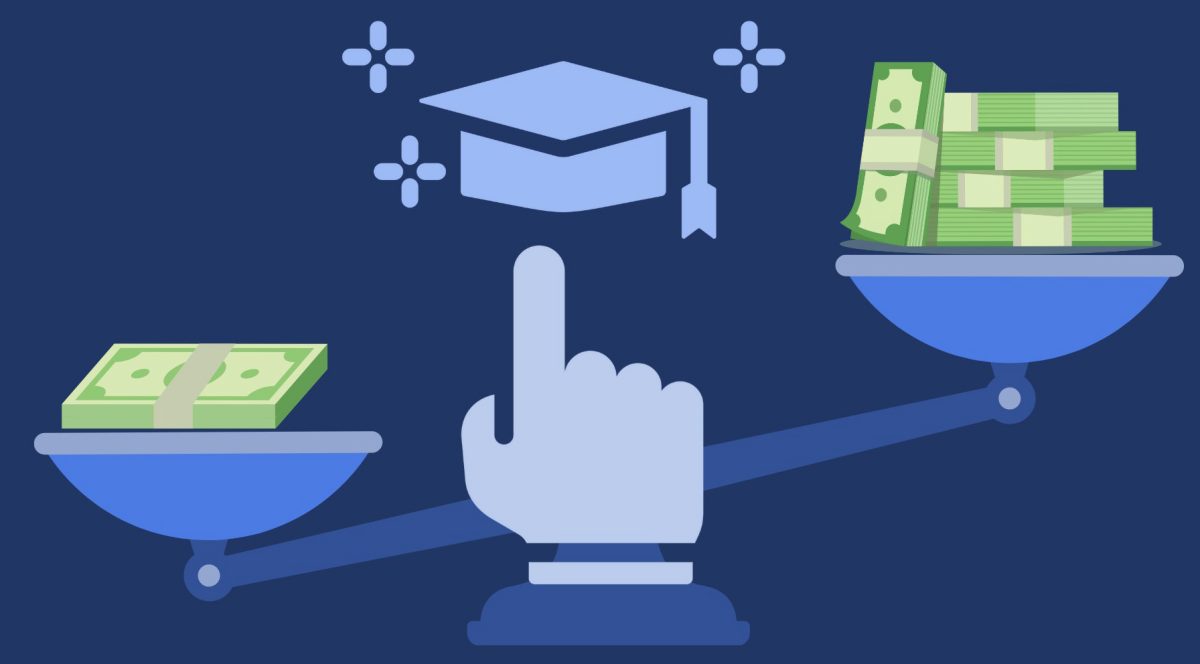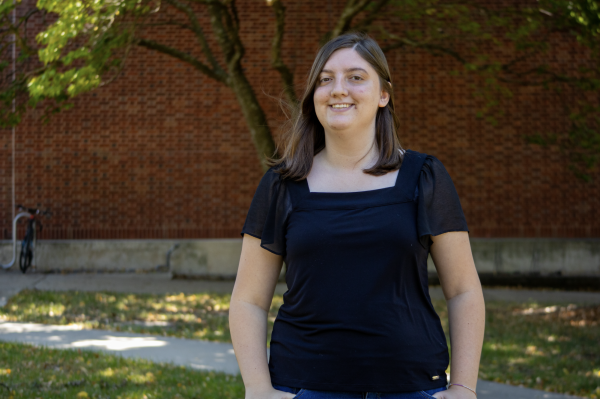When touring colleges, Evan Scherrer was between the University of Minnesota and Drake University. One factor that the University of Minnesota had above Drake was its on-campus Makerspace, which provides equipment, materials and tools to students who want to experiment. Drake had nothing like that.
Scherrer, a sophomore double majoring in computer science and artificial intelligence, decided to make that space himself.
Since last semester, Scherrer has been refurbishing room 329 of Collier-Scripps Hall, which he and computer science professor Tim Urness now refer to as the Electronics Engineering Lab. This refurbishment has ranged from applying for grants to creating lists of supplies that the lab needs.
“I don’t want other students in the same situation to choose to go somewhere else,” Scherrer said.
The room had historically been a free creative space, but over the years, the technology became outdated. Scherrer said that, when he first started spending time in the room at the beginning of his sophomore year, it was piled “halfway up the wall with junk.”
While some professors had furnished the lab, others had retired and left their equipment behind.
“It was kind of an empty classroom, and I decided, ‘I think it can help make it more than just an empty classroom there,’” Scherrer said. “There was already some equipment in here — there were a couple 3D printers — but I had a vision of more than that, someplace that students could come in and actually make things.”
Midway through that semester, Scherrer went to Urness to see if the computer science department had any money to refurbish the lab. As it was far into the semester, the faculty had already allocated the budget.
Urness then began applying for an internal faculty development grant for $2,500. With the grant approval, Scherrer and Urness purchased a standing desk, soldering equipment and a tool chest.
“[Scherrer] was instrumental as far as assessing what was there,” Urness said. “He noticed there was some equipment that was out of date and took [it] upon himself to catalog everything and had this dream of making this up to date.”
Scherrer and Urness are currently applying for a research grant of $3,000. With that grant, they hope to purchase a powerful computer and a user-oriented 3D printer.
“Not everybody has a laptop that can run some of the software that’s needed to 3D model and 3D print things. Having a powerful computer here for students to use would be great for that,” Scherrer said.
While the lab currently has a 3D printer, the one that Scherrer hopes to buy, a Bambu Lab P1S, will be able to print with tougher materials and is also more user-oriented.
“If a student wants to make a toy car, their little brother can drive it into a wall and it won’t shatter,” Scherrer said.
Using the tools in the lab, Scherrer has made a clock that tells time in binary and a model of a fantasy novel-esque bookshelf door.
Scherrer plans to reach out to students with advertisements once the space has more equipment.
“We want it to be well-equipped enough so that somebody can come in here and just start working,” Scherrer said.
Once students are working, Scherrer and Urness will acquire more for the space as they figure out what students want. Scherrer also wants to acquire instruction manuals for beginner crafters.
“I’d like to have a little packet of information about [the 3D printer] and maybe a few different projects that somebody can work through to guide them and get them used to using a 3D printer so that, once they finish that, they know enough about a 3D printer they can say, ‘Okay, I can do that. Now I want to go make my own thing,’” Scherrer said.
Scherrer hopes that the space not only attracts more creative-minded students to Drake but also serves as a place for students to learn more about their professions.
“I think a space like this will help students — especially computer science students — learn a lot about how to take what they’re learning in their courses and apply it to the real world,” Scherrer said.
The Electronics Engineering Lab in room 329 of Collier-Scripps is currently open for interested students to work on projects with available equipment. For more information, contact evan.scherrer@drake.edu.
“It’s really only limited by imagination and time,” Urness said.

